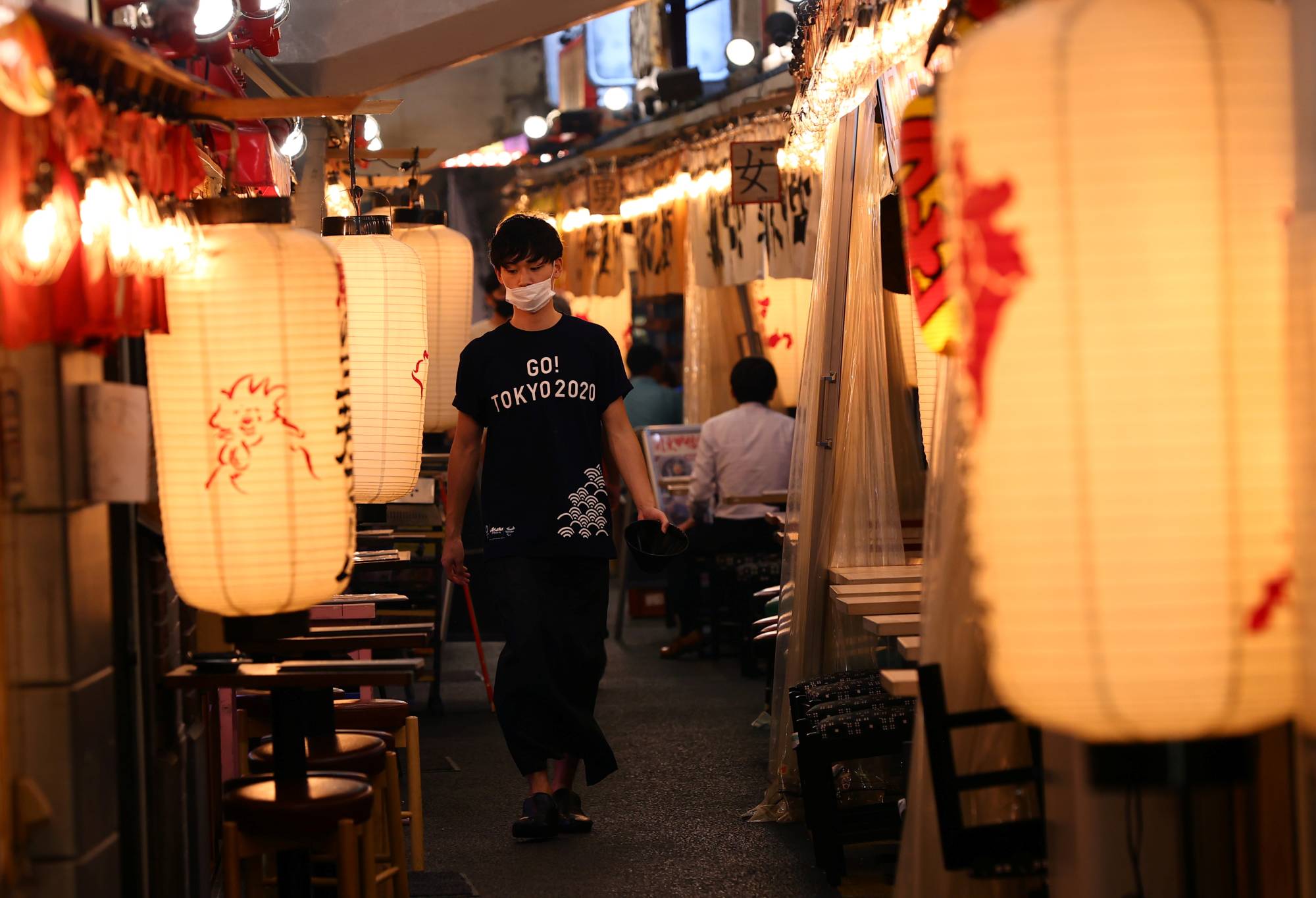Ever since COVID-19 was declared a pandemic three years ago, the fight against the disease and its consequences has been the top priority for Japan, which poured trillions of yen into vaccines, the health care system and financial aid to individuals and businesses.
But Japan has downgraded the legal categorization of COVID-19 this week to the same level as seasonal flu, putting an end to various coronavirus measures.
For some, this may prompt the question of how much taxpayer money was used for such measures over the past three years, and was the spending justified?


















With your current subscription plan you can comment on stories. However, before writing your first comment, please create a display name in the Profile section of your subscriber account page.